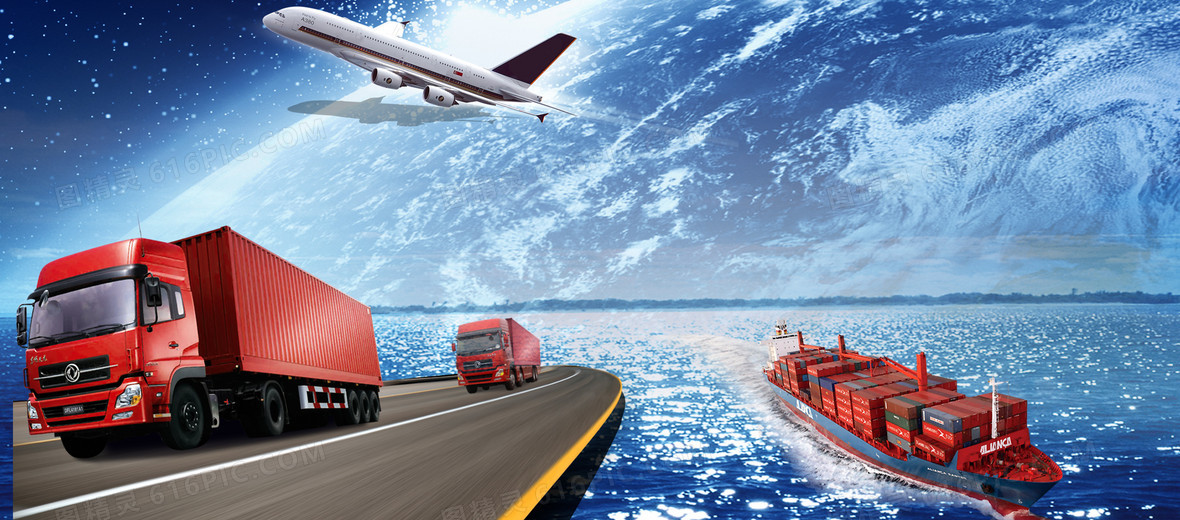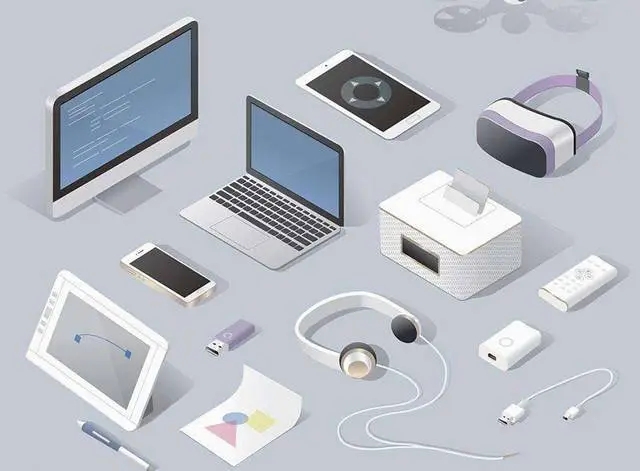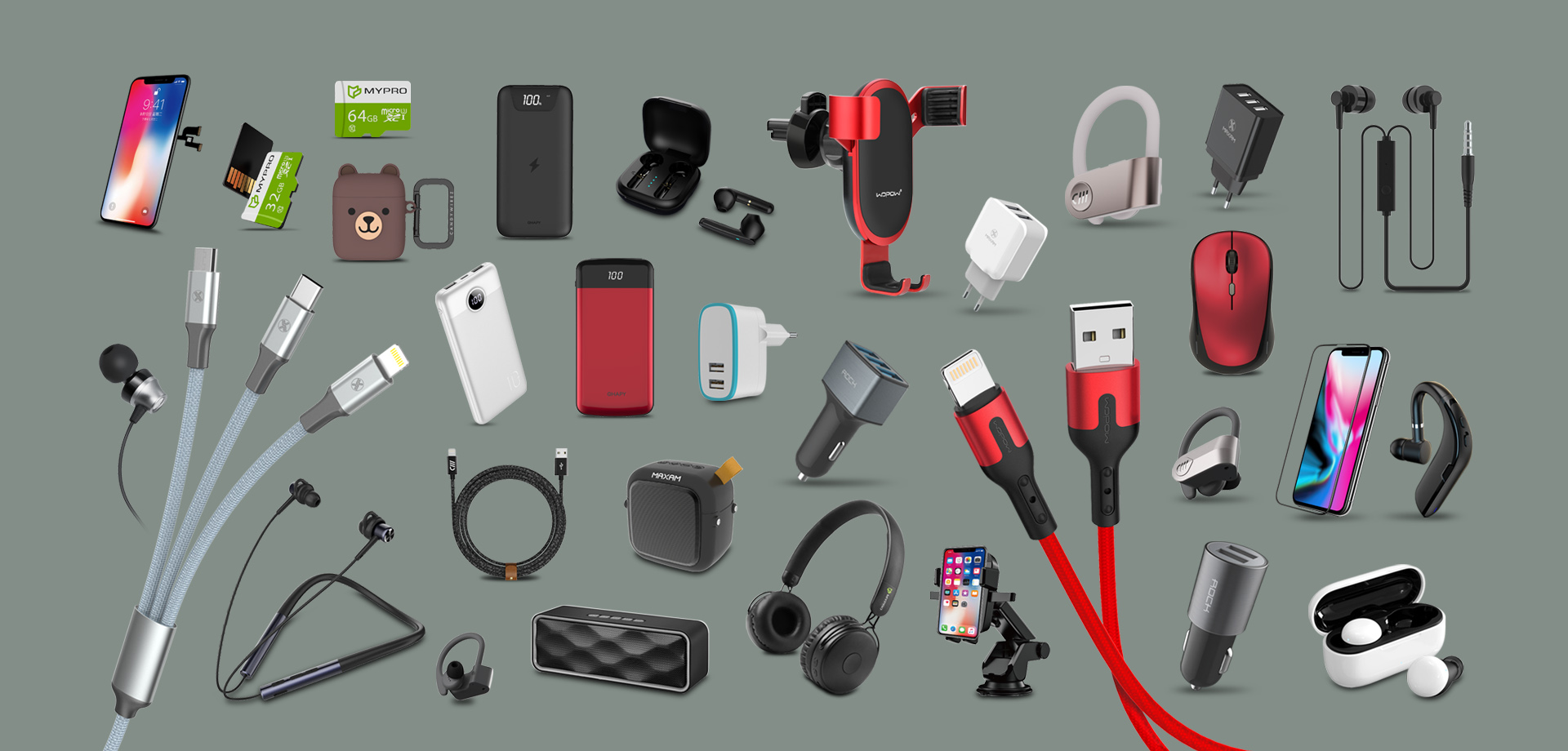Sourcing electronics from China is a cost-effective and efficient way to meet the growing demand for innovative products. However, managing the logistics of getting goods from a Chinese factory to your doorstep can be a complex process involving multiple steps, including transportation, customs clearance, and delivery.
Without proper planning, businesses may face delays, unexpected costs, or damaged goods. This blog provides a comprehensive guide to managing the logistics process effectively, from selecting the right transportation method to navigating customs and ensuring timely delivery.
- Key Steps in the Logistics Process
Moving goods from a Chinese factory to your location typically involves the following stages:
Factory Readiness and Packaging:
Ensure that products are inspected and properly packaged to withstand shipping conditions.
Choose eco-friendly or reinforced packaging for fragile or high-value electronics.
Transportation to the Port:
Arrange for the goods to be transported from the factory to a nearby port or airport.
Verify that the supplier has handled local transportation logistics or work with a freight forwarder.
Customs Clearance in China:
Prepare export documents, such as the commercial invoice, packing list, and Certificate of Origin.
Collaborate with your supplier or freight forwarder to ensure smooth clearance.
International Shipping:
Choose between sea freight, air freight, or rail freight based on cost, time, and product type.
Customs Clearance in the Destination Country:
Submit import documentation and pay applicable duties or taxes.
Last-Mile Delivery:
Transport goods from the port/airport to your warehouse or customer’s address.
- Choosing the Right Transportation Method
The transportation method you choose will significantly impact the cost, speed, and safety of your shipment. Here’s a breakdown of the main options:
2.1 Sea Freight
Best For: Bulk shipments of heavy or large products (e.g., TVs, home appliances).
Advantages:
Lowest cost for large quantities.
Flexible container options (Full Container Load (FCL) or Less than Container Load (LCL)).
Disadvantages:
Slow transit times (e.g., 20–40 days to the US or EU).
2.2 Air Freight
Best For: Small, high-value, or time-sensitive shipments (e.g., smartphones, laptops).
Advantages:
Fastest option (e.g., 3–7 days to the US or EU).
Higher security for fragile or expensive items.
Disadvantages:
Significantly more expensive than sea freight.
2.3 Rail Freight (For EU Markets)
Best For: Mid-sized shipments with moderate urgency.
Advantages:
Faster than sea freight and cheaper than air freight.
Ideal for European buyers via China-Europe rail routes.
Disadvantages:
Limited availability for certain destinations.
2.4 Express Shipping (DHL/UPS/FedEx):
Best For: Small shipments or sample deliveries.
Advantages:
End-to-end service with tracking.
Simplified customs clearance handled by the courier.
Disadvantages:
Highest cost per kilogram.
- Navigating Customs Clearance
Customs clearance is one of the most critical stages in the logistics process. Mismanagement at this stage can lead to delays, fines, or seizure of goods.
3.1 Documents Required for Customs Clearance
Commercial Invoice:
Includes product descriptions, values, and HS (Harmonized System) codes.
Packing List:
Details the quantity, weight, and dimensions of each package.
Certificate of Origin (CO):
Confirms the goods were manufactured in China.
Bill of Lading (BOL) or Airway Bill (AWB):
Acts as proof of shipment.
3.2 Calculating Duties and Taxes
HS Codes: Assign the correct HS codes to your products to determine the applicable duty rate.
Value-Added Tax (VAT): Some countries (e.g., EU nations) charge VAT on imports, typically calculated as a percentage of the product’s total value (including shipping).
Preferential Tariffs: Check for free trade agreements (e.g., China-EU trade policies) that may reduce tariffs.
3.3 Working with Customs Brokers
If customs regulations in your country are complex, hire a licensed customs broker to handle documentation and expedite the clearance process.
- Ensuring Proper Packaging and Labeling
Improper packaging and labeling can result in product damage, customs delays, or non-compliance penalties. Follow these best practices:
Packaging Guidelines:
Use sturdy materials for heavy items.
Include cushioning for fragile electronics, such as bubble wrap or foam inserts.
Labeling Requirements:
Ensure that shipping labels include the recipient’s address, HS codes, and handling instructions.
For compliance, labels must meet destination country standards (e.g., CE marks for the EU, FCC labels for the US).
- Common Challenges and How to Overcome Them
5.1 Delayed Shipments
Cause: Port congestion, supplier delays, or customs issues.
Solution:
Build buffer time into your timeline.
Partner with experienced freight forwarders who can anticipate and mitigate delays.
5.2 Unexpected Costs
Cause: Hidden fees such as demurrage (storage fees at the port) or customs penalties.
Solution:
Request detailed quotes from freight forwarders that include all potential costs.
Use Incoterms (e.g., FOB, CIF) to clearly define responsibilities for shipping costs.
5.3 Damaged Goods
Cause: Improper packaging or rough handling during transit.
Solution:
Invest in insurance to cover damages.
Verify that suppliers follow proper packaging guidelines.
- Real-Life Example: Efficient Logistics in Action
Case Study: A UK-based electronics retailer sourcing wireless earbuds from a factory in Shenzhen.
Challenges:
The initial shipments faced delays due to customs issues in the UK.
Solution:
The retailer hired a freight forwarder to handle customs clearance and documentation.
Switched from sea freight to air freight for faster delivery of high-demand products.
Implemented strict packaging guidelines to reduce product damage during transit.
Results:
Reduced lead times by 30%.
Achieved a 98% on-time delivery rate, boosting customer satisfaction.
- Best Practices for Managing Logistics
Work with Reliable Freight Forwarders:
Choose forwarders experienced in shipping electronics who can handle customs, documentation, and transportation.
Track Shipments in Real-Time:
Use digital tracking tools to monitor your goods and address issues proactively.
Choose the Right Incoterms:
Decide whether to use FOB (Free On Board), CIF (Cost, Insurance, and Freight), or DDP (Delivered Duty Paid) based on your level of involvement.
Negotiate Volume Discounts:
For regular shipments, negotiate better rates with logistics providers.
Managing logistics for electronics sourcing from China requires careful planning, attention to detail, and the right partnerships. From selecting the best transportation method to navigating customs and ensuring secure packaging, every step plays a role in ensuring your products reach their destination on time and in perfect condition.
By following the strategies outlined in this guide, businesses can streamline their logistics processes, reduce costs, and build a reliable supply chain that supports long-term success.






